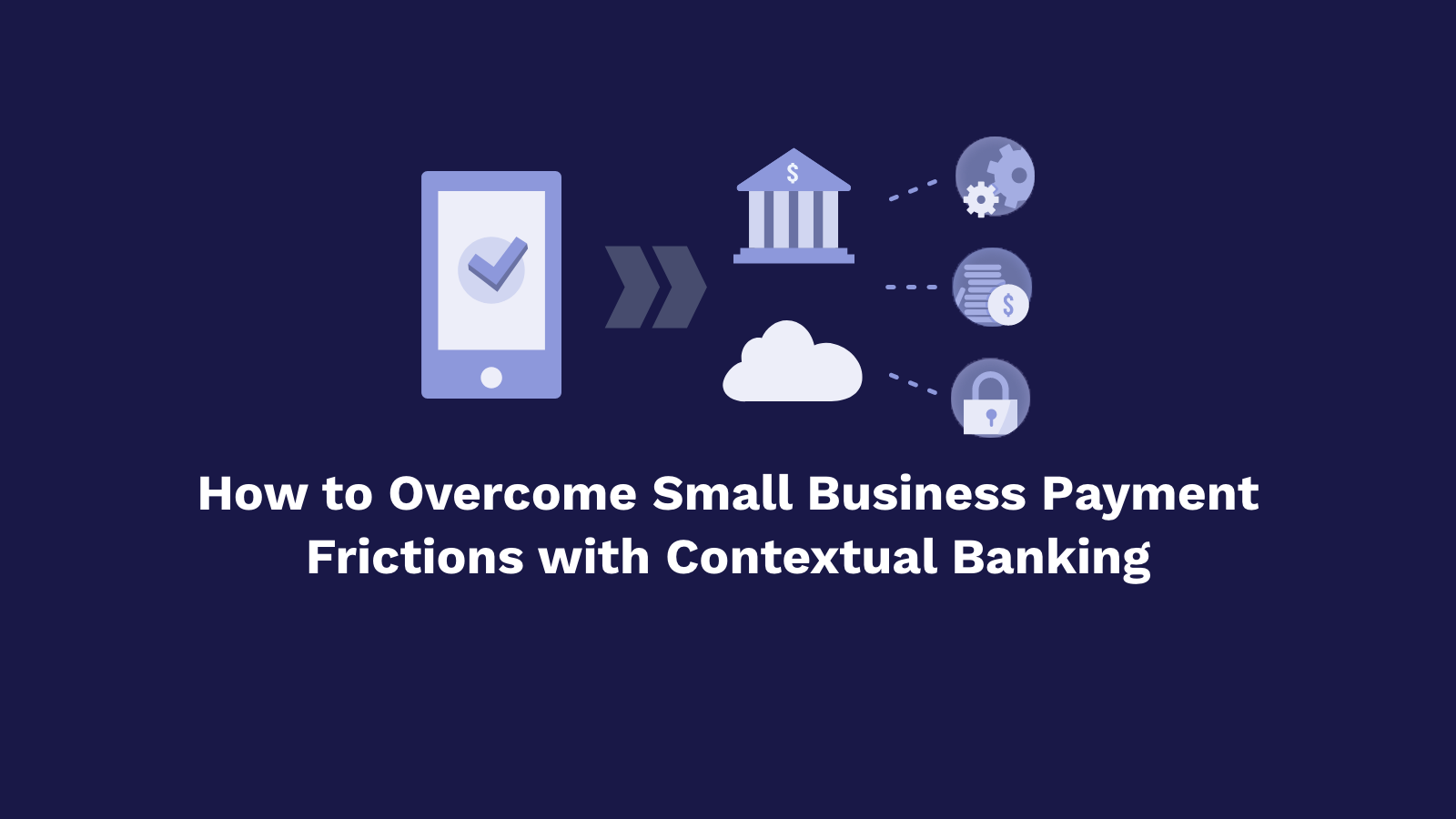
How to Overcome Small Business Payment Frictions with Contextual Banking
An Executive Insight with FISPAN’s CEO Clayton Weir as he shares how current consumer-focused products aren’t properly meeting SMB needs and how financial institutions should work with digital product providers to craft solutions that are accessible to this market.
Small to medium sized businesses (SMBs) have historically been underserved by financial institutions, as they require more immediate and focused solutions. In 2020, there was a 32% increase in SMBs formed compared to 2019, revealing the importance for financial institutions to not only provide solutions for this growing market to acquire new customers, but to also retain loyalty from their current SMB customers. This is especially important during this new digital age as SMBs continue to grow, making up most of the companies operating in the U.S today.
Serving the SMB market is now becoming a top priority for legacy financial institutions (FIs), as is building solutions that overcome their payment frictions. With SMBs moving towards digital solutions, legacy FIs are pressured to innovate, else lose out to digital-first competitors that are targeting SMBs more heavily than ever before. FISPAN’s Co-Founder and CEO, Clayton Weir, expands on the difficult transition for accounting practices as small businesses grow, how current SMB-targeted offerings fail to meet these needs, and why financial institutions can work to create solutions that solve these business transformation challenges.
Read The Full Executive Insight Below
How can Financial Institutions better serve the small-to-medium sized businesses market in 2022?
“A lot of small businesses start as pseudo- consumers in the world of business banking. The reason for this is simple — they have a lot of things to do, and getting a business banking account configured with other business tools does not seem like a burning issue when you can survive with your personal bank account and personal checks. However, the problem is exacerbated when the business needs to show [its] financials to somebody for a specific reason, whether to get a loan or to file tax reports, et cetera. Then the sheer amount of work related to bookkeeping and accounting will not leave much room for payments and cash flow optimizations, which leaves small businesses vulnerable to multiple inefficiencies, fees and penalties.
As small businesses grow, they experience friction in finding the right tools for banking and accounting. Oftentimes, consumer-focused products are targeted to the SMB market, but these do not accurately address SMB needs. It always feels like too much or too little: They are either consumer-focused and do not meet SMB needs, or they are an enterprise-sized solution and out of scope due to execution restrictions and costs."
What is causing this digital gap?
"Part of the problem is that, as small businesses grow, their accounting practices must mature and change companies’ internal processes, which makes some of their existing tools incompatible via [a] lack of capabilities, [such as] controls. Such dramatic changes for a small business happen multiple times in the first three years, so it is a very painful transition for them.
Mid market companies may find themselves with efficient processes but inefficient tools that prescribe incompatible processes and workflows. To resolve that, the companies exacerbate their own situations by walking the path of seemingly least resistance — building custom solutions, often by a mix of in-house and external consulting IT teams. As you can imagine, this is a very reactive model for adopting new technologies which very often prevents companies from actually adopting them. This is why a lot of bigger companies still use files for payments and reconciliations — a practice still common for both financial institutions and business. The past year continued to expose the gap between analog and digital even more."
How can financial institutions help overcome these payment frictions?
"To solve these challenges, financial institutions and financial service providers should work together to help businesses with business transformations related to such aspects as growth, policies, evolutions in controls and data exchange. [The] inability to adjust to internal changes, such as a company’s growth, and adapt to external factors, such as technological progress and regulatory changes, can often be the reason for operational losses and an excessively high cost of revenue. FIs and service providers should not stop at just creating financial products but [also] work further on making them more accessible and easier to adopt.”
Learn more about the current state of commercial banking in this free FISPAN report made in collaboration with PYMNTS.
More About Clayton Weir
Clayton R. Weir is the Chief Executive Officer and Co-Founder of FISPAN. He shapes FISPAN’s vision and execution, with an emphasis on people, product, and client success.
Over the last 5 years, Clayton has led FISPAN to become the market leader in embedded banking. FISPAN banking partners collectively hold $11 trillion in assets and include 11 of the top 40 banks in North America. Clayton is also the host of FISPAN’s If I Ran the Bank podcast, hitting on the hottest topics in banking, finance, and the future of payments.


